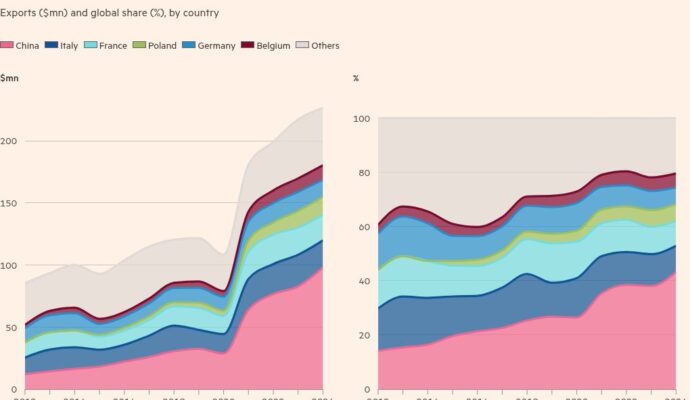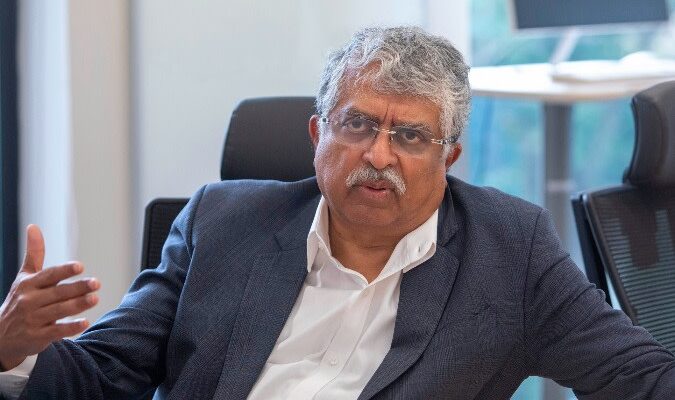Unlock the Editor’s Digest for free
Roula Khalaf, Editor of the FT, selects her favourite stories in this weekly newsletter.
A Japanese utility has become the first since the Fukushima nuclear disaster to advance plans to build a new reactor in Japan as the country pivots back to atomic power 14 years after the catastrophe.
Kansai Electric Power said on Tuesday it would resume a survey into whether it could build a new reactor at Mihama in Fukui prefecture. The project had been suspended after a tsunami in 2011 caused the country’s worst nuclear power accident.
Resuming the review marks the first push by a Japanese power company to advance concrete plans to construct a nuclear energy plant from scratch since the disaster.
Kansai Electric said nuclear power was essential for Japan to achieve its three goals of energy security, economic growth and reducing carbon emissions.
“In a resource-poor country like Japan, we must consider how to continuously supply energy, especially with the growth of new industries,” said Nozomu Mori, president of Kansai Electric.
“We believe that new construction and replacement of nuclear reactors is something we must do, so we will do this investigation in order to make an informed decision.”
Japan has reopened 14 of the 54 reactors that were shut down following the Fukushima disaster, bringing the power source up to 8.5 per cent of its electricity mix but far from the 30 per cent that it supplied before 2011.
Japan’s return to nuclear energy was accelerated and crystallised under former prime minister Fumio Kishida in 2022, after Russia’s invasion of Ukraine pushed up global gas prices.
Since then, the government has taken a supportive stance on building new nuclear power facilities because many existing reactors will be decommissioned.
The prospect of more power-hungry data centres and semiconductor factories being built in Japan has increased forecasts for energy usage and is expected to offset decreasing demand from a shrinking population.
“It’s a very bright signal coming from the private sector that they are replying to the expectation from the government that nuclear power should play a major role along with renewables,” said Yukari Yamashita, managing director of The Institute of Energy Economics, Japan, who called it a “long-awaited, big step forward”.
Japan completed its last new reactor in 2009. J-Power, another utility, also started building the Oma nuclear plant in the northern prefecture of Aomori in 2008, but progress was stalled following Fukushima and completion could take several more years.
The government overhauled nuclear policy in its latest energy plan in February, aiming to achieve 20 per cent of Japan’s power supply from nuclear by 2040 and supporting the construction of new reactors on the site of existing power plants.
However, public opposition to nuclear energy remains strident in pockets of Japan over concerns about safety in an earthquake-prone nation and the proliferation of atomic weapons.
Kansai Electric operates seven reactors, the most of any utility in Japan, but five of them have been in operation for more than 40 years.
Legislators have allowed reactors to run for up to 60 years with regulatory approvals, but new plants are estimated to take two decades from initial study to completion.
The company is seeking to build a next-generation reactor using technology considered to be safer at the Mihama site, where two units stopped operating in 2015.
But it cautioned that the geological survey could take years to complete and many other factors, such as political opposition and construction costs, would be vital to a final decision on whether to proceed with building a new reactor.


